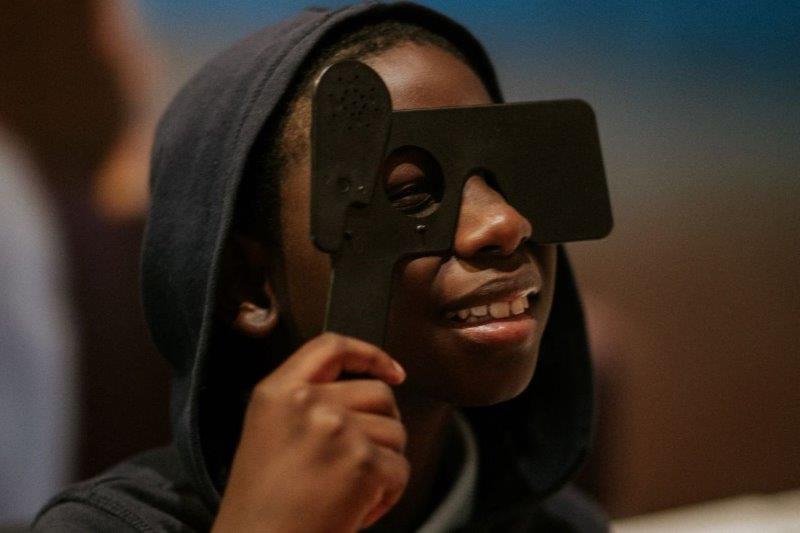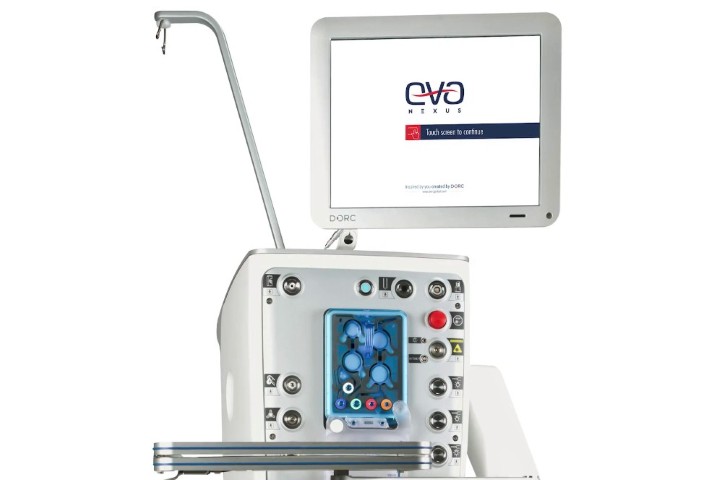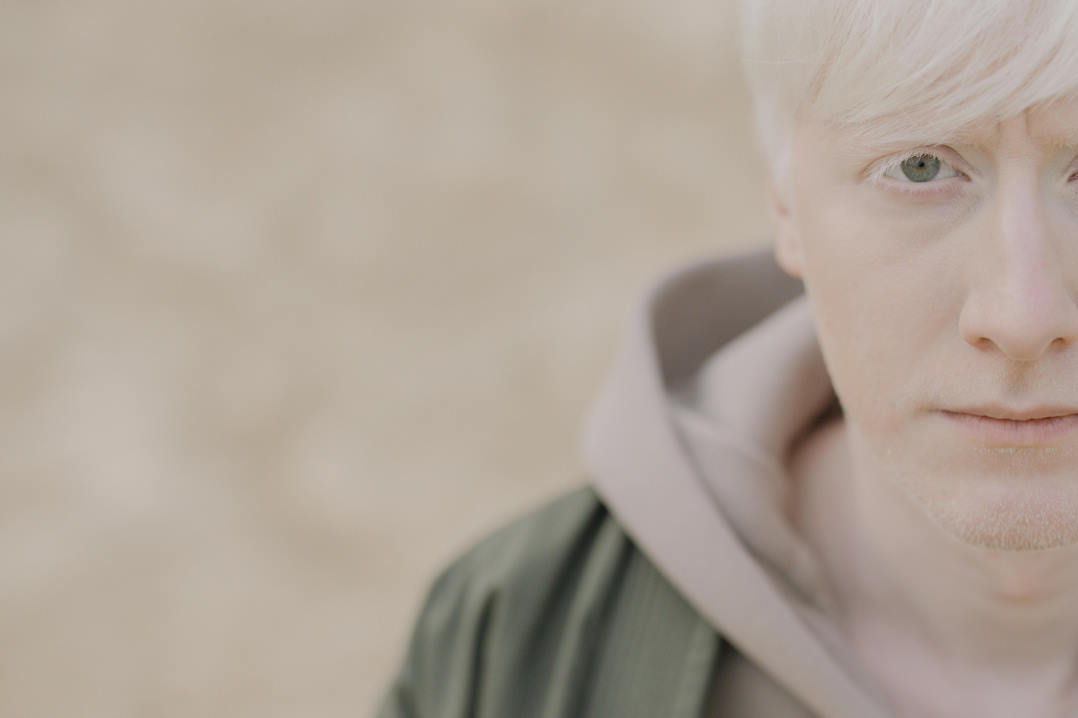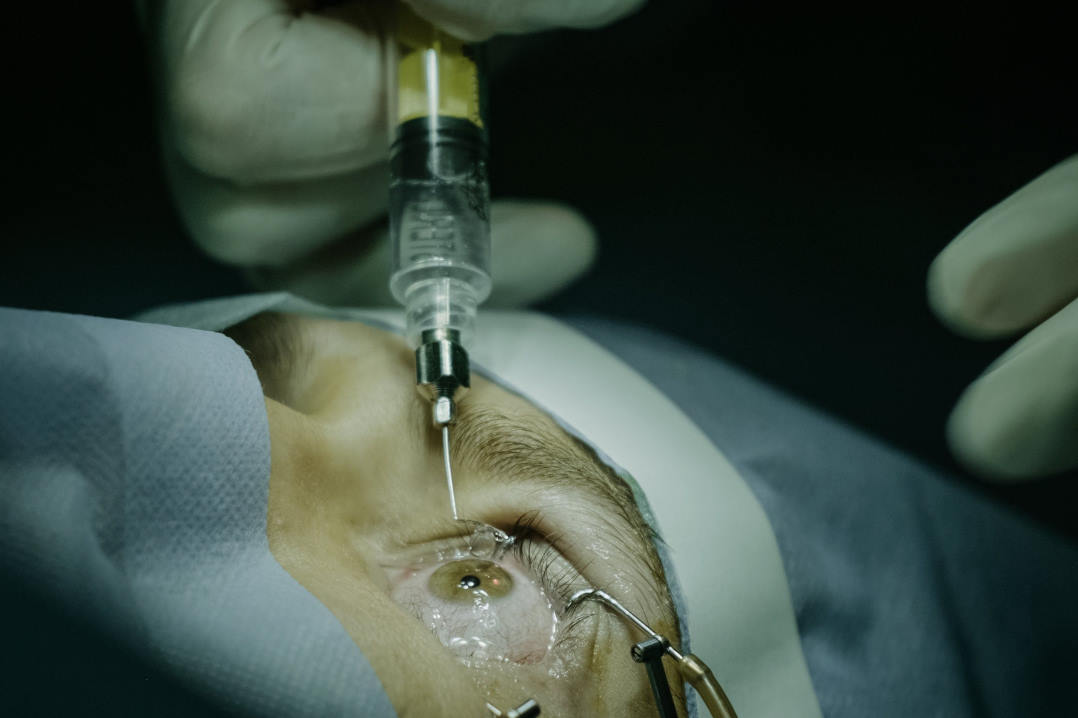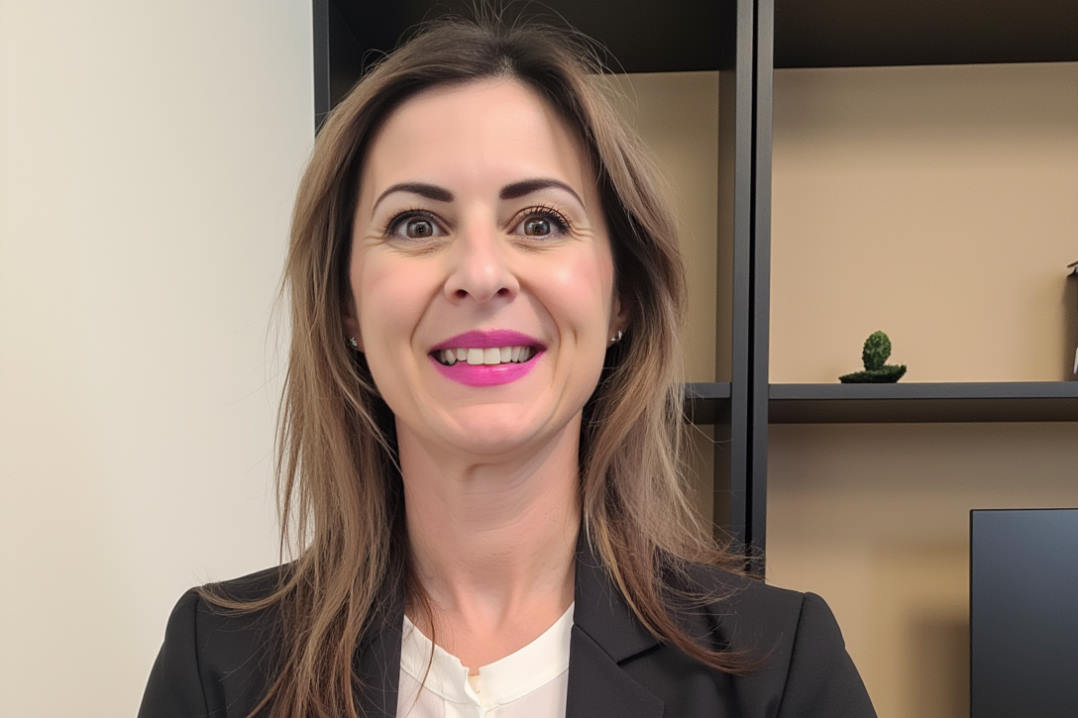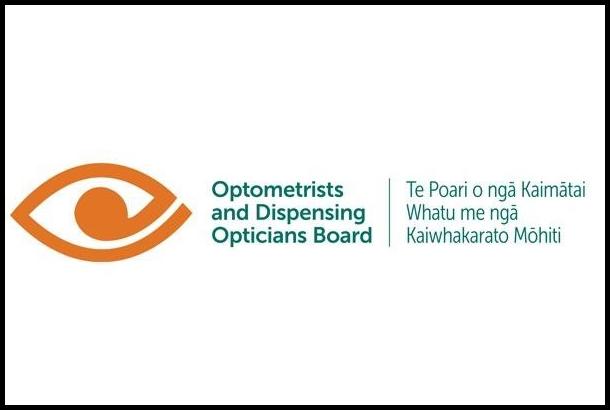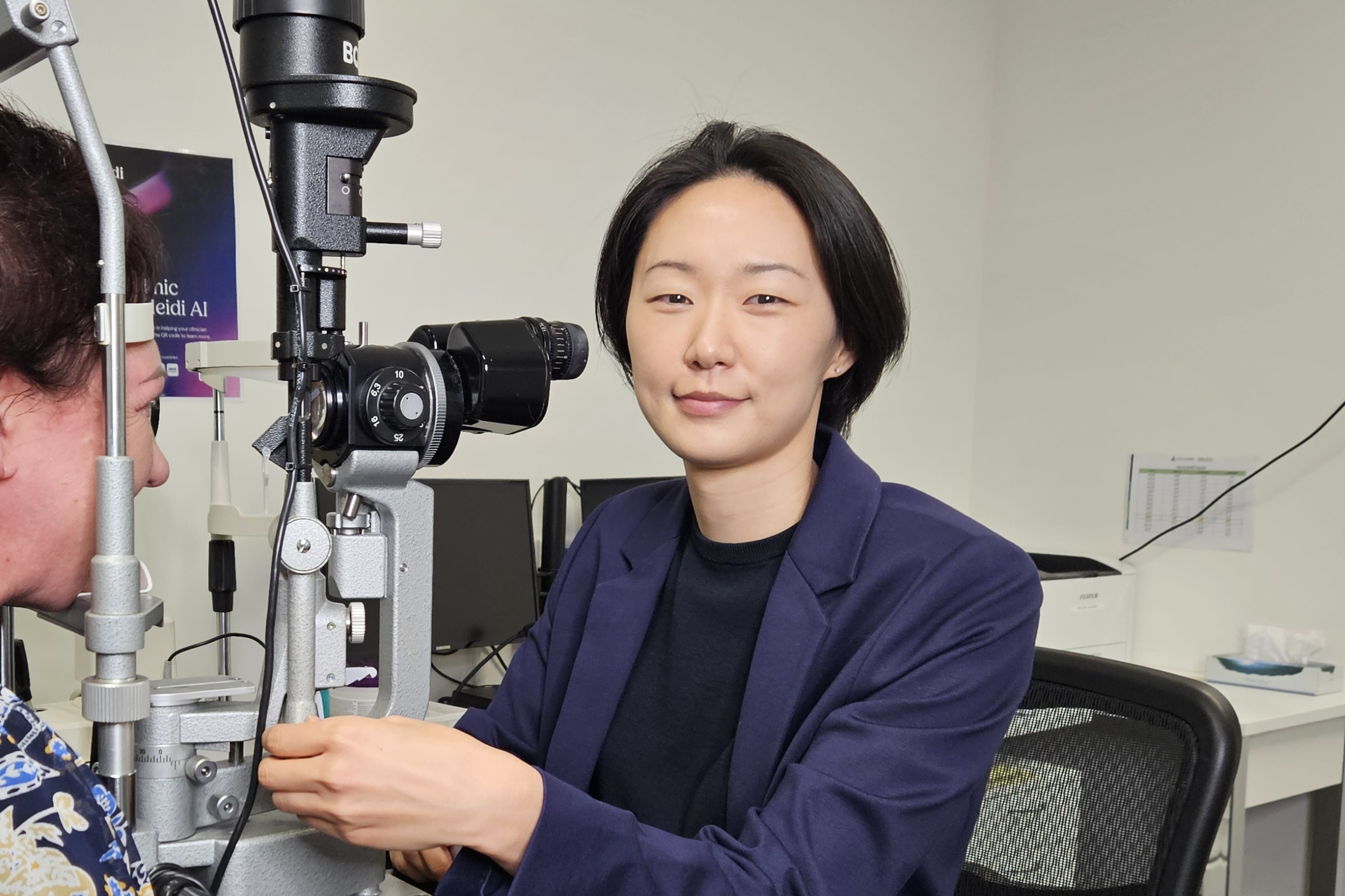No glasses – half the learning
New research from the International Agency for the Prevention of Blindness (IAPB) and US-based non-profit Seva Foundation found that a child with poor vision learns about half as much as a child with good or corrected vision.
This translates directly into lifetime earnings for the individual, according to Seva. The organisation’s estimations from a systematic literature review show if a five-year-old is provided with glasses in primary school and continues to wear them until they are 18, they will earn, on average, 78% more over their lifetime than if they never had their vision corrected.
On a global scale, this accumulates into 6.3 million years of schooling being lost every year and a future economic productivity loss of US$173 billion*, Seva said, adding the losses were found across both high-, low- and middle-income countries.
Researchers estimated that half the learning loss could be avoided with more vision screenings and provision of glasses and another half through ensuring children wear their glasses when needed.
At a political level, interventions to improve access to vision screening and glasses are highly cost effective, with a return on investment being as large as $65 per $1 investment, said the IAPB.
*The economic loss measured purchasing power parities in international dollars.







